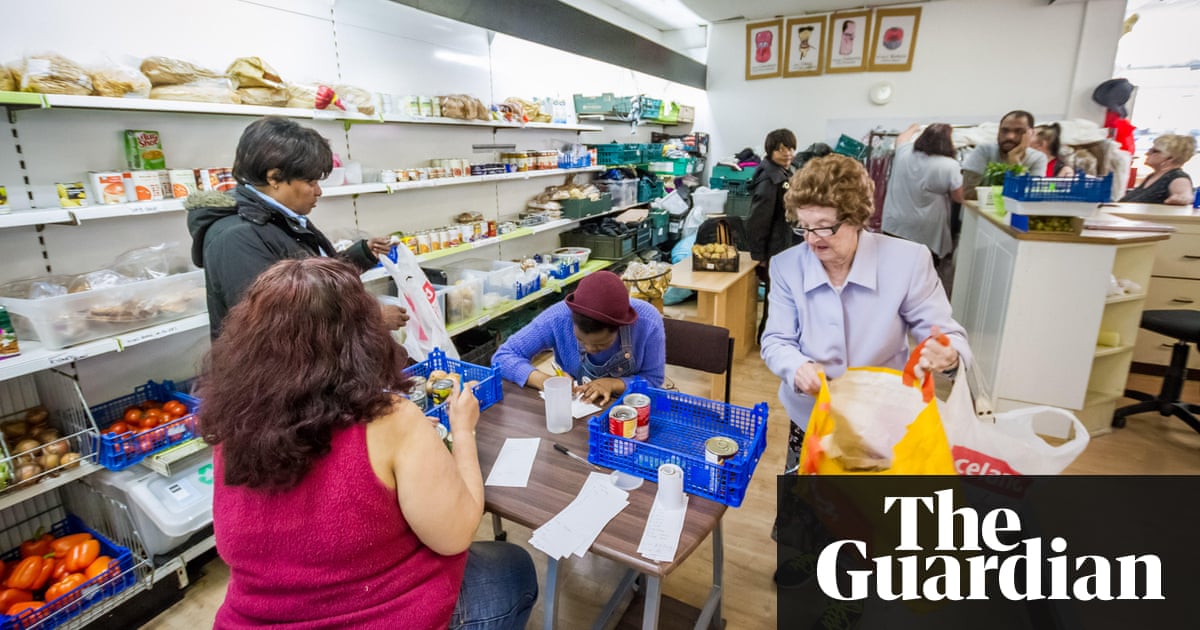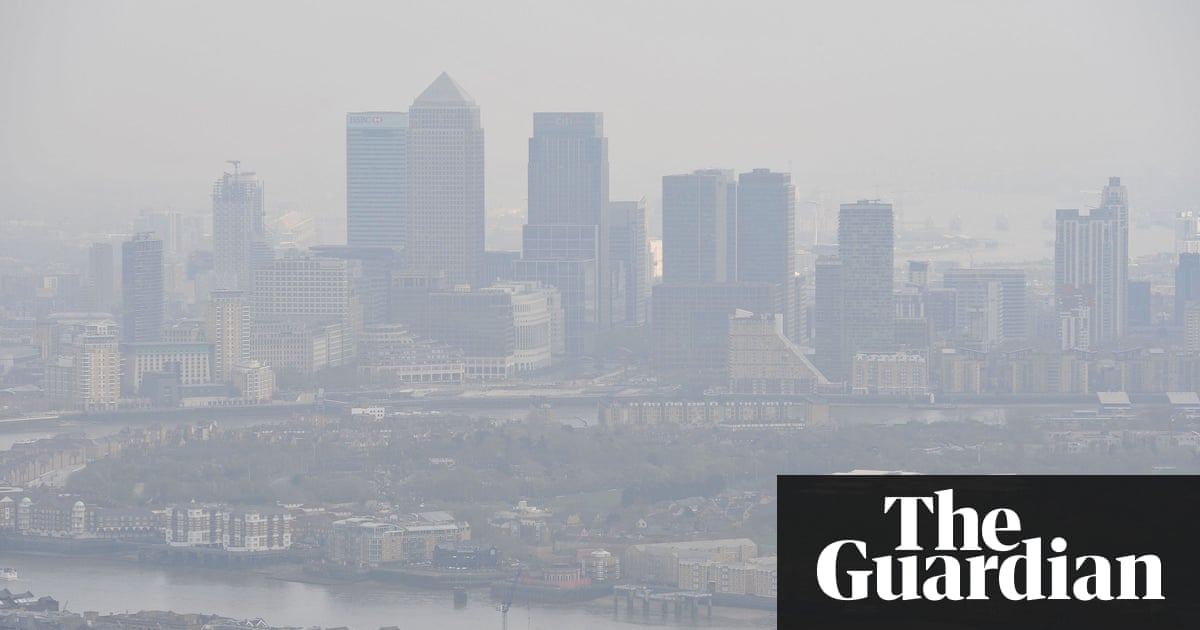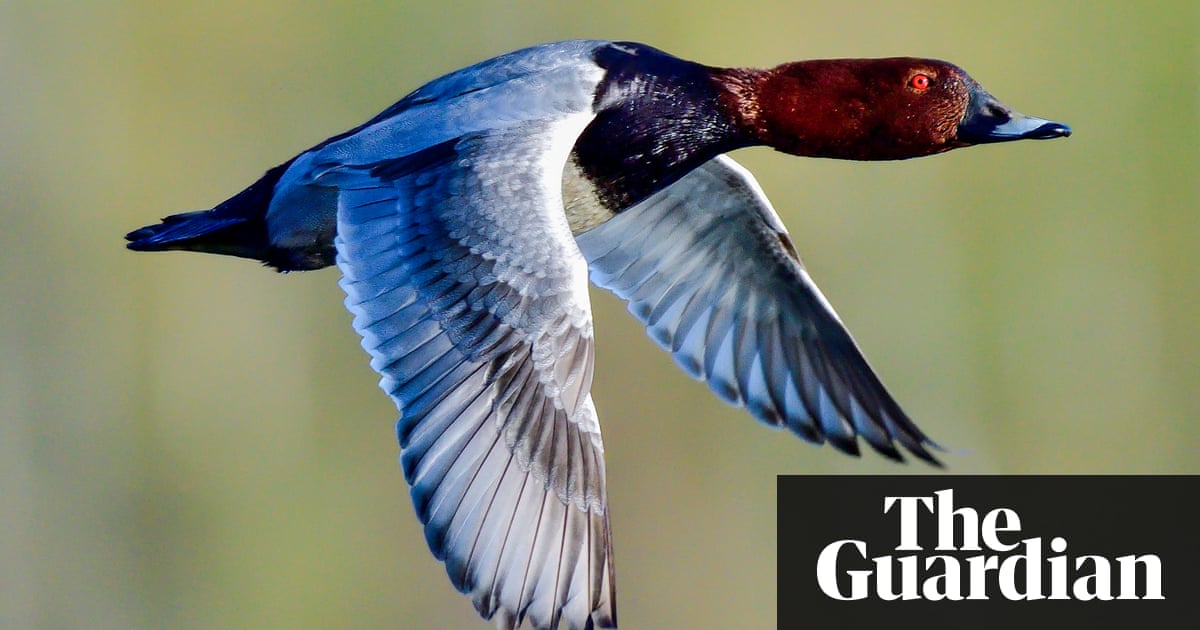We must cut through the smog of rhetoric if we are to have clean air. Through deft political sleight of hand, the environment secretary Michael Gove’s defence of what the government is doing to address air pollution (Letters, 24 May) diverts attention from the cause of dirty air in most of our cities: diesel-fuelled vehicles. This risks slowing down the action required to tackle air pollution at a moment when more and more people are becoming aware that it is a serious risk to health in places beyond London.
As city leaders, we are keen to work with ministers to tackle the wider challenges of air pollution, but this requires a government strategy that has cleaner transport at its heart. We need a national framework so that residents and businesses can make the shift as quickly as possible to less polluting ways of moving around.
We know many measures need to be tailored to local conditions, but a consistent, national approach that acknowledges the seriousness and urgency of the situation is essential. That is why we continue to ask for a number of measures, including a diesel scrappage scheme and clean air legislation.
It is not that roadside emissions matter above all else, but that we have only just begun to focus our activity on tackling this urgent threat to public health – and we recognise we have a long way to go. Freight, taxis and buses all need cleaning up if our cities are to thrive, and business opportunities for Britain for leading the shift could be missed if we take our eye off the ball. We urge an honest approach to what is working and what is not, together with the focus necessary for us all to tackle this public health crisis and secure the future of generations to come.
Cllr Judith Blake, Leader Leeds city council, Cllr John Holdich, Leader Peterborough council
• Michael Gove’s letter is a blatant attempt to divert attention away from diesel towards other sources of particulate pollution. Areas in breach of the EU air quality for small particulates are all urban, and if the more stringent WHO annual limit is applied, 85% of the urban population across the EU is exposed to levels above 10 microgrammes per cubic metre of air – and 100% in central London.
It is disingenuous to pretend that the situation is improving. Levels of Benzo(a)pyrene, a carcinogenic subset of particulate pollution, have risen by 52% since 2000 due to the unprecedented rise in diesel usage. Instead of protecting old fashioned polluting technologies, Gove should be looking towards a greener future that benefits all members of society, and not just the car manufacturers.
Dr Robin Russell-Jones
Former chair, Campaign for Lead Free Air
• The government’s clean air strategy is yet another example of its focus on meeting targets for air pollution, rather than truly improving our health. What is needed is greater understanding of overall exposure to air pollution – outdoors, indoors, across transport networks and in the workplace so solutions can be targeted. Legislation should also protect workers from exposure where businesses can take action to provide cleaner air.
We welcome the strategy’s reference to WHO limits for PM2.5 rather than the higher EU limits, as well as a broader focus on pollutants, but the government’s plans to delegate responsibility locally are flawed. More centralised science-based research as to the cost-effectiveness of different solutions to reduce exposure is required – this cannot be resourced locally.
Sophie Power
CEO and co-founder, Airlabs
• Motor traffic is the main source of air pollution in towns and cities, but so far the government has fallen woefully short in detailing how it plans to reduce car use and support more people to walk, cycle and use public transport (Wood burners could feel the heat in pollution crackdown, 22 May). More than 2,000 schools and nurseries in England and Wales are located within 150m of a road with illegal levels of air pollution, and research from Living Streets shows that one in three parents are now taking air pollution levels into consideration when choosing their child’s school.
One in four cars in morning peak traffic are on the school run. Making it possible for more families to walk to school is an effective and practical way to reduce air pollution. This stands to have a much bigger impact on the air quality in our towns and cities – and around our children’s schools – than targeting the minority of people who use wood burners.
Tompion Platt
Head of policy, Living Streets
• Your editorial highlighting the continued problems of nitrogen dioxide (NO2) at the roadside significantly underplays the impact other pollution sources have on the health of the UK population (23 May). While excessive NOx from Euro 4 and 5 vehicles truly has been a Europe-wide scandal, the impacts of poor air quality on public health and the environment arise from overall exposure, not just from one pollutant and time spent at the roadside. The new Department for Environment, Food and Rural Affairs (Defra) clean air strategy proposes that the largest overall national benefits can be realised through simultaneously reducing emissions from a wide range of sectors, and that is supported by the latest scientific evidence on atmospheric chemistry, health and ecosystem effects.
Prof Alastair Lewis
National Centre for Atmospheric Science, University of York
• You really got Gove rattled in your editorial of 23 May, which said that road transport contributes hugely to air pollution. Methinks he doth protest too much! He should be spending time sorting it out instead of trying vainly to defend the government’s woeful record. I have huge concerns for schools on busy roads with playgrounds a few metres from toxic fumes.
Catherine Roome
Staplehurst, Kent
• Reading your article on particle pollution in London classrooms (Report, 25 May) provided me with the information I have been looking for – particle size. I first raised concerns about this in the spring of 2014 when all my spiders suddenly died. The response from various environmental departments was pure complacency, despite my pointing out that the most probable explanation was particle size, the same size that lodges in the human lung.
The particle size that reaches the alveoli and lodges permanently is between 5 and 0.5 microns. Larger particles don’t get there, smaller ones are exhaled. Over time they build up, leading to various forms of pneumonoconiosis. There is no effective treatment and no one is immune.
Government policy, as usual, is if we do not know what to do about it, pretend it is not happening. I am not being melodramatic when stating that in time it will kill us all. There is going to be massive healthcare demand far beyond what the health services can cope with. It will probably take 25 years plus to begin to show, but it is probable that the increase in respiratory diseases is largely due to the present levels of particulate matter in the air we all breathe.
Terry Milton
Guildford, Surrey
• Join the debate – email guardian.letters@theguardian.com
• Read more Guardian letters – click here to visit gu.com/letters



